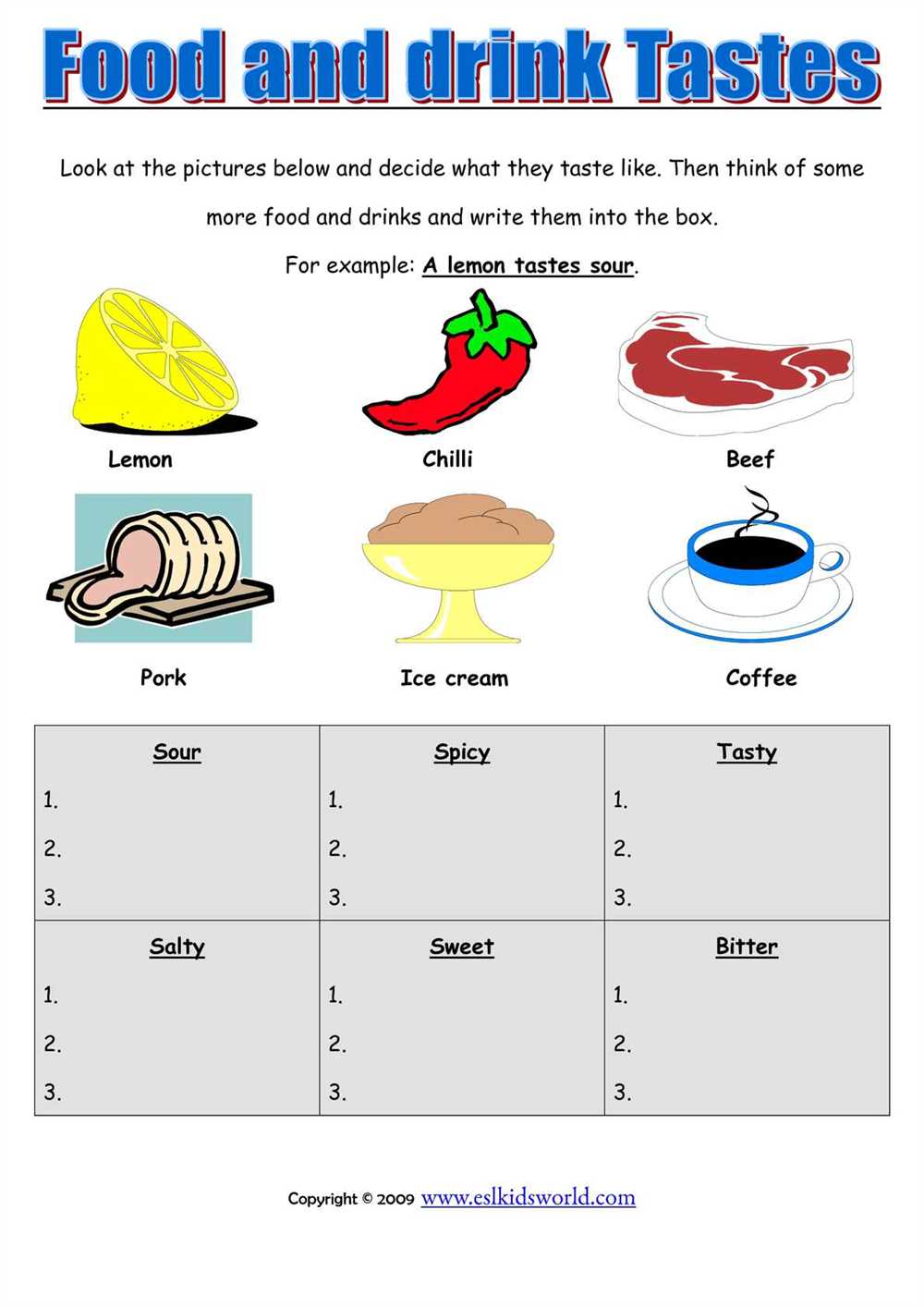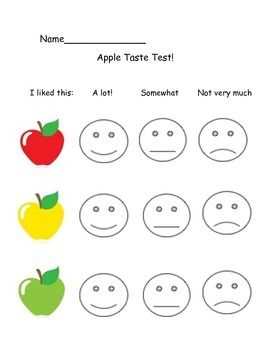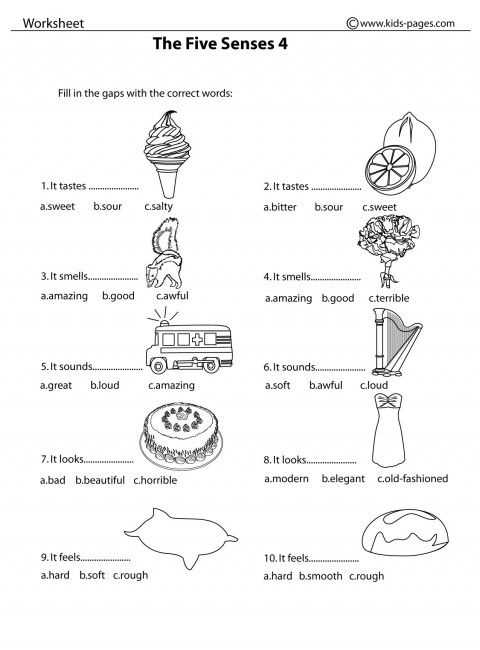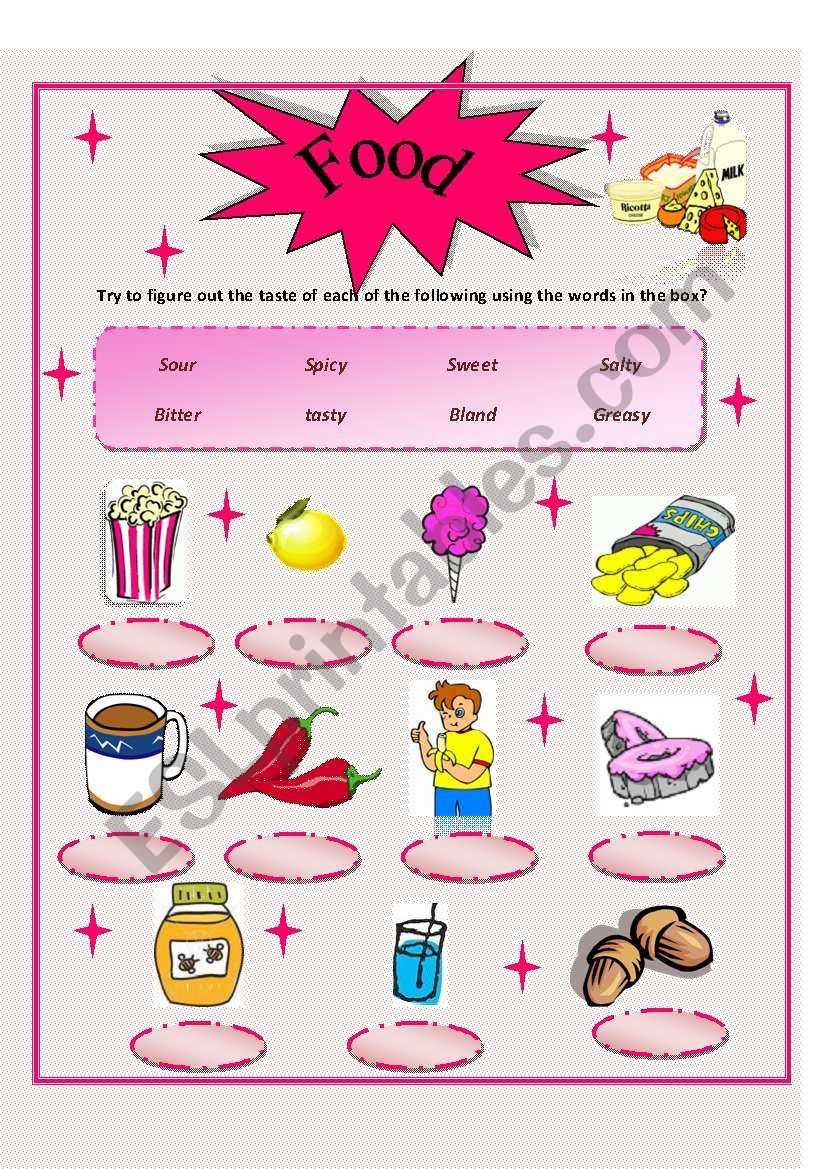
Whether you’re a professional chef or a food enthusiast, assessing the taste of a dish is an essential skill. One effective way to evaluate the flavor profile is by using a taste testing worksheet. This printable tool allows you to analyze different aspects of taste, such as sweetness, saltiness, and acidity, and helps you document your findings for future reference.
The taste testing worksheet serves as a structured guide to ensure you don’t miss any important details during the evaluation process. It prompts you to consider factors like the intensity of different flavors, the balance between them, and any off-notes or aftertastes. By systematically assessing these elements, you can gain a deeper understanding of the dish’s overall taste.
Using the taste testing worksheet also encourages objectivity in your analysis. It provides a framework that allows for consistent and reliable evaluations, eliminating any potential biases. Instead of relying solely on your memory, you can refer to your completed worksheets to compare different dishes or track the progress of a recipe.
What is a taste testing worksheet?

A taste testing worksheet is a tool used to record and analyze the results of taste tests. It is commonly used in food and beverage industries, as well as in scientific research and product development. The worksheet typically includes a series of questions or prompts that guide the taster through the tasting process and help them evaluate different aspects of the product, such as flavor, texture, aroma, and overall satisfaction.
The purpose of a taste testing worksheet is to provide a structured framework for conducting taste tests and gathering objective feedback. By using a standardized worksheet, taste testers can ensure consistency in their evaluations and make it easier to compare results across different products or batches. The worksheet may also include space for the taster to write down their personal observations or comments, allowing for more detailed feedback.
Some common elements that may be included in a taste testing worksheet are:
- A rating scale or scoring system to evaluate different attributes of the product
- Space to write down the product name, batch number, and other identifying information
- Prompts to describe the appearance, aroma, flavor, and texture of the product
- Sections to note any personal preferences or suggestions for improvement
Overall, a taste testing worksheet is a valuable tool in the process of product evaluation and development. It helps to ensure that products meet quality standards and customer expectations, and it provides valuable feedback for improvement.
Why use a taste testing worksheet?
Using a taste testing worksheet can be a valuable tool for various reasons. For one, it provides a structured and organized way to record and analyze taste test results. By having a worksheet specifically designed for taste testing, it ensures that all relevant information is captured and documented.
A taste testing worksheet can also help in standardizing the taste testing process. It allows for consistent evaluation and comparison of different products or food items. By following a set criteria and format, it eliminates any bias or subjective judgment that may arise from an unstructured taste test.
- Accuracy: One of the main benefits of using a taste testing worksheet is to ensure accuracy in the evaluation process. The worksheet allows for precise recording of taste qualities, such as flavor, texture, and aroma, as well as any additional comments or observations.
- Comparison: With a taste testing worksheet, it becomes easier to compare different products or variations. The worksheet can include a scoring system or rating scale to objectively compare and rank different options.
- Feedback: A taste testing worksheet provides a platform to gather feedback from multiple individuals. By distributing the worksheet to a group of testers, you can collect a diverse range of opinions and perspectives.
In conclusion, using a taste testing worksheet brings structure, accuracy, and comparison to the taste testing process. It helps in standardizing evaluations, eliminating bias, and collecting valuable feedback. Whether it’s for personal enjoyment or for professional purposes, a taste testing worksheet is an essential tool for anyone looking to make informed judgments about different flavors and food products.
Steps to create a taste testing worksheet
Taste testing worksheets are a great way to organize and document the results of various taste tests. Whether you’re testing different flavors of ice cream or comparing different brands of chocolate, creating a taste testing worksheet can help you keep track of your observations and draw conclusions. Here are some steps to follow when creating a taste testing worksheet:
- Determine the purpose: The first step in creating a taste testing worksheet is to determine the purpose of the taste test. Are you trying to compare different products, evaluate the taste preferences of a group, or conduct a sensory analysis? Understanding the purpose will help you design the worksheet to meet your needs.
- Choose the variables: Next, you’ll need to decide on the variables that you want to measure and evaluate during the taste test. For example, if you’re comparing different flavors of soda, you might want to consider variables like sweetness, carbonation level, and overall taste. Identifying the variables will guide the questions and categories on the worksheet.
- Create a rating system: To make the taste testing process more objective, it’s important to create a rating system that participants can use to score each sample. This could be a numerical rating scale or a descriptive scale, such as “very sweet,” “slightly bitter,” or “not enjoyable.” The rating system should align with the variables you’ve chosen to evaluate.
- Design the worksheet: Once you have determined the purpose, variables, and rating system, you can design the taste testing worksheet. Start by creating a table or a grid layout where participants can easily record their observations. Include columns for the sample name, variables, and ratings. You may also want to include space for additional comments or notes.
- Test the worksheet: Before using the taste testing worksheet with your intended audience, it’s a good idea to test it yourself or with a small group of people. This will allow you to identify any potential issues or areas for improvement. Make sure the instructions are clear, the layout is user-friendly, and the rating system is easy to understand.
- Conduct the taste test: Once you are satisfied with the taste testing worksheet, you can proceed with conducting the taste test. Provide each participant with a copy of the worksheet, along with the samples to taste. Instruct them on how to use the worksheet and encourage them to provide honest and detailed feedback for each sample.
- Analyze the data: Once the taste testing is complete, you can gather and analyze the data from the worksheets. Look for patterns, trends, and significant differences between the samples. This analysis will help you draw conclusions and make informed decisions based on the taste test results.
Creating a taste testing worksheet is an organized and systematic approach to conducting taste tests. By following these steps, you can ensure that your taste testing process is well-documented and meaningful. So grab a pencil, some samples, and get ready to explore the world of taste!
Important elements to include in a taste testing worksheet

Taste testing worksheets are essential tools for conducting thorough and organized taste tests. These worksheets allow testers to record their observations and ratings of various food or drink samples, providing valuable data for analysis and decision-making. When creating a taste testing worksheet, it is important to include several key elements.
1. Sample identification: Each sample that is being tested should be clearly identified on the worksheet. This can be done by providing a unique code or number for each sample, along with a description or name. This ensures that testers can easily distinguish between different samples and accurately record their observations.
2. Evaluation criteria: The taste testing worksheet should outline the specific criteria that testers should consider when evaluating each sample. This may include factors such as flavor, texture, appearance, aroma, and overall satisfaction. By specifying the criteria, testers are able to provide more detailed and consistent feedback.
- Flavor: Testers can rate the intensity, balance, and quality of the sample’s flavor.
- Texture: Testers can assess the sample’s texture, including its tenderness, chewiness, and mouthfeel.
- Appearance: Testers can evaluate the visual appeal of the sample, considering its color, shape, and presentation.
- Aroma: Testers can describe the scent or smell of the sample, noting any pleasant or unpleasant aromas.
- Overall satisfaction: Testers can provide an overall rating or comment on their level of satisfaction with the sample.
3. Rating scale: A rating scale should be included on the taste testing worksheet to allow testers to quantitatively assess each sample. This scale can range from simple numerical ratings (e.g., 1-5) to descriptive terms (e.g., poor, fair, good, excellent). The rating scale should be clear and easy to understand to ensure consistent and reliable data.
4. Comments section: A designated space for testers to provide additional comments or feedback is important to capture any specific observations or suggestions. This can help to provide more context and depth to the taste testing results.
5. Conclusion: The taste testing worksheet should include a section for testers to summarize their overall impressions and make a final recommendation or decision. This can be in the form of selecting a preferred sample, ranking the samples in order of preference, or providing a general conclusion about the taste testing experience.
Tips for conducting taste testing sessions
Taste testing sessions can be a fun and valuable way to gather feedback on food or beverage products. Whether you are a food manufacturer or a researcher, here are some tips to ensure that your taste testing sessions are successful.
1. Prepare a clear objective: Before conducting a taste test, it is important to have a clear objective in mind. Determine what specific aspects of the product you want to evaluate, such as taste, texture, or overall preference.
2. Select a diverse group of participants: To get a well-rounded perspective, it is important to select a diverse group of participants. Consider factors such as age, gender, and cultural background to ensure a broad range of opinions.
3. Create a controlled environment: To minimize external influences, it is important to create a controlled environment for the taste testing session. This may involve setting up a neutral space without distractions and ensuring that all participants have a similar experience.
4. Use blind or double-blind testing: To avoid bias, it is recommended to use blind or double-blind testing. Blind testing involves withholding information about the product being tasted, while double-blind testing involves withholding information from both the participants and the person conducting the test.
5. Provide clear instructions: Make sure to provide clear instructions to the participants before the taste testing session. Explain the purpose of the test, how to evaluate the products, and any specific criteria that should be considered.
6. Collect and analyze feedback: After the taste testing session, collect and analyze the feedback from the participants. This can be done through surveys, rating scales, or qualitative interviews. Look for trends or patterns in the feedback to gain insights into the product’s strengths and areas for improvement.
7. Communicate the results: Finally, communicate the results of the taste testing session to relevant stakeholders. This could be internal teams within a company or clients if conducting the taste testing for a research project. Use the feedback to make informed decisions and improve the product.
By following these tips, you can conduct taste testing sessions that provide valuable insights and help drive product development and improvement.
How to Analyze the Results of a Taste Testing Worksheet
Once you have completed a taste testing worksheet, it is important to analyze the results to gain insights into the preferences and opinions of your participants. Here are some steps to follow when analyzing the data:
1. Compile the Data

Gather all the completed taste testing worksheets and compile the data into a single spreadsheet or document. Make sure to organize the information in a clear and structured manner, including the names or IDs of the participants and their ratings for each item tasted.
2. Calculate Average Ratings
Calculate the average ratings for each item tasted. This can be done by summing up the ratings given by all participants for a particular item and dividing it by the number of participants. This will give you a numerical value representing the overall rating for each item.
3. Identify Trends and Patterns
Look for trends and patterns in the data. Are there certain items that consistently received high ratings? Are there any items that were overwhelmingly disliked? By identifying these trends, you can gain insights into the preferences of your participants and make informed decisions regarding the taste testing process.
4. Compare Results
Compare the results of different items to determine which ones were preferred over others. This can be done by analyzing the average ratings and identifying any significant differences. For example, if Item A has a significantly higher average rating than Item B, it can be concluded that participants generally preferred Item A.
5. Consider Comments and Feedback

Take into account any comments or feedback provided by the participants. These can provide additional insights into their preferences and help validate or explain the ratings given. Pay attention to recurring comments or themes that may indicate specific likes or dislikes among the participants.
By following these steps, you can analyze the results of a taste testing worksheet in a systematic and meaningful way. This analysis will help you make informed decisions and improvements in relation to the taste testing process.